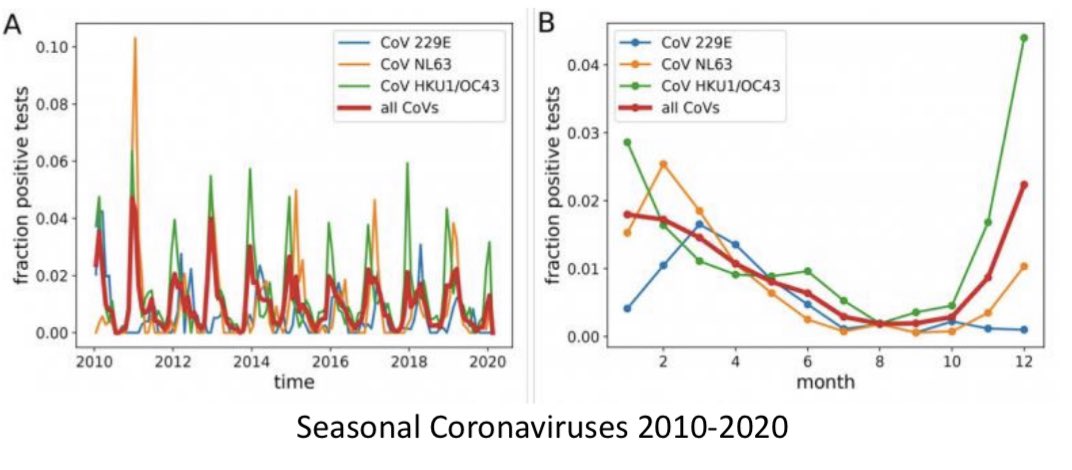
NEW RESEARCH
Knowing if #COVID19 cases are going up v down is needed for decision making but changes in testing make it difficult to know
We found Instead of case counts, the distribution of Ct values gives a NEW way to estimate epidemic trajectory!
1/
medrxiv.org/content/10.110…
Knowing if #COVID19 cases are going up v down is needed for decision making but changes in testing make it difficult to know
We found Instead of case counts, the distribution of Ct values gives a NEW way to estimate epidemic trajectory!
1/
medrxiv.org/content/10.110…

Essentially, we created a barometer that gives the growth rate (or decay rate) of an epidemic based entirely on whether the distribution of viral loads in ppl at a single time in a population is averaging high (epidemic growing) or low (epidemic declining).
2/x
2/x
This property of epidemics (when they are going up, detected virus loads are higher on average) has caused massive confusion.
The virus itself isn’t changing nor are the actual virus loads inside of individual people...
3/x
The virus itself isn’t changing nor are the actual virus loads inside of individual people...
3/x
Instead, when an outbreak is increasing exponentially, the majority of positive samples collected coming from people who have very recently been infected - and thus have high virus loads bc peak titers are usually within 48hrs of turning PCR positive...
4/x
4/x
On other hand, when an outbreak is subsiding, the vast majority of people detected via surveillance w PCR are no longer infectious, and thus have, on average, very low viral RNA loads.
The distribution of Ct values alone gives us a metric to know the outbreak trajectory
5/x
The distribution of Ct values alone gives us a metric to know the outbreak trajectory
5/x
This work demonstrates that Ct values ARE extremely valuable for public health and SHOULD be reported to public health authorities and that we can clearly find the patterns demonstrate that Ct values are meaningful at the individual level too, which has been debated.
6/x
6/x
The work was led by 2 fantastic post-docs: @jameshay218 (in my lab) and @LeeKShaffer (now faculty @Vassar), with significant input from @mlipsitch as well as @SanjatKanjilal @nialljlennon @gabriel_stacey
@jameshay218 has 2 threads on this (earlier & one today)
Links 👇
7/x
@jameshay218 has 2 threads on this (earlier & one today)
Links 👇
7/x
Here he details the new research.... but if not yet acquainted with how it all works, see next tweet for a link to an original thread he wrote describing the basics underpinning this all. It’s very cool mix of within-host kinetics and Epidemiology (my favorite to mix!)
8/x
8/x
https://twitter.com/jameshay218/status/1360596787384487939
Here is an earlier tweet thread that @jameshay218 wrote on the topic that goes through and details the basic mechanisms underlying this very cool phenomenon that we can take advantage of for public health!
9/x
9/x
https://twitter.com/jameshay218/status/1316202275048579072
• • •
Missing some Tweet in this thread? You can try to
force a refresh



